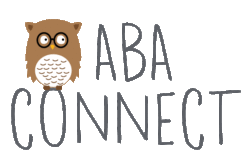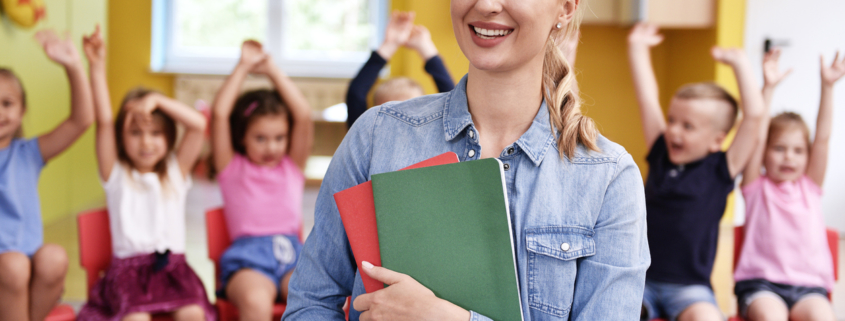The School Year Wrap-Up
Before the school year becomes a distant, faded memory, it can be helpful to sit down with your son or daughter to do a positive “school year wrap-up.” This exercise prompts self-reflection and helps your child make connections between actions and outcomes.
It is good to connect the dots while memories of the school year are still fresh. The goal of the school year wrap-up is to discuss positive behaviors and areas of growth, with a more minor focus on habits that need to be changed. These strategies have also been discussed here by Dr. Maggie Kirkland.
First, ask for your child’s permission to have this conversation and describe it as a chance to talk about their successes and anything they’d like to change for next year. Then, select a day and time when you’ll have their undivided attention for at least a half hour.
Step 1: Review materials. It’s helpful to get out the past year’s academic materials (e.g. binders, notes, assignments, report cards) to have something concrete to jog your child’s memory.
- Once you have all of your materials, focus on positive outcomes by asking:
- Are there certain assignments that you are proud of?
- Did anything turn out better than expected?
- What do you think you did to make things go well with that class/assignment?
- If you have report cards or grades, look for patterns without focusing too much on the numbers. Ask more generally:
- What classes were the easiest and the hardest?
- What was it about those that made them more/less challenging?
- Was there anything that surprised you about your classes?
- Next, look more specifically at homework and notes, and ask about how/when they worked best. The goal is to encourage them to reflect on their performance and their behavior over the past year.
Step 2: Make a list of accomplishments and areas of growth from the past year
- Once you’ve reviewed materials from the past year, take a step back and ask your child to identify 1-2 things that they learned:
- What am I better at doing now than I used to be?
- What have I learned about myself?
- List these on a piece of paper – Make this list simple and colorful for younger (elementary) children and more detailed and specific for adolescents and teens.
- Then, ask about what didn’t go as well:
- What assignments did you struggle with the most?
- Is there anything you wish you had done differently to make these turn out better?
- What can you learn from this experience?
Parent Tip – Try to make this exercise positive and reflective, with a focus on times that your child’s effort contributed to success (which fosters what Dr. Carol Dweck describes as a growth mindset). If your child is frustrated with past failures, remind them of previous times that they have coped with similar struggles. The goal is to encourage them to focus on what they can learn from any setbacks and to express your confidence that they can work to make things better next time.
Step 3: Record lessons learned and note “things to work on” for next year
- During this step, it can be a nice opportunity to begin tentatively thinking ahead to next year. Write down a few “things to work on” for next year. Ask your child:
- Is there anything you’d like to change about how you handle classes next year?
- What would you like to try to make things go better in ….. [provide a specific class or area that they have struggled]?
- Things went really well in English, is there anything you learned from that experience that might help with other classes?
- Then, ask your child if they can think of anything that they need to help make that happen. Write down any ideas your child has, for instance:
- Do they think that it might be helpful to work with a tutor if they have trouble in math?
- Would it make sense to drop an extracurricular activity if they don’t have enough time for homework?
Parent Tip – Try to help them generate ideas about how they can continue to improve and grow. If they need some suggestions, that is fine, but the ideas will be most effective if they come from your child!
Now that you’ve gone through your child’s school materials carefully, clear out old materials. Keep only those that will be helpful for next year and store them in a clearly labeled binder. The most important thing to keep is the list you just made about things that went well and things to change next year. Put this list at the front of the binder where it’s easy for your child to see.
Next, we’ll discuss setting concrete goals before the next school year. The list you created during the semester wrap-up can be a great jumping off point for that next conversation!




Leave a Reply
Want to join the discussion?Feel free to contribute!